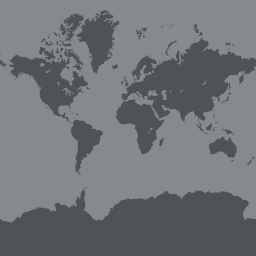This project collates and digitizes biodiversity data from the Natural History Museum of Zimbabwe, and aim to publish 11,000 mammal specimen records.
The project produces simplified metadata catalogues and checklists, and distribution and habitat maps to help other scientists and policy makers to integrate the information into their research and into policy processes. The project will make datasets available online using the GBIF Integrated Publishing Toolkit.
The Natural History Museum will host the database and train staff on its maintenance.
Project Progress
Representatives of the project attended a training workshop focusing on the development of practical digitization workflows organized by The Insect Atlas regional consortium in Nairobi, Kenya.
An Introduction to Biodiversity Informatics was organized for the staff of the Natural History Museum and National Parks, and focused on biodiversity data mobilization and digitization techniques.
The project has digitized 7,000 mammalogy specimen records.
11,000 mammalogy specimens records have been digitized and published on the GBIF website and nearly 9,000 specimens have been georeferenced into Excel by using Geolocate, Tiptop Globe and Google Maps. Data was cleaned using Open Refine and taxonomy was defined using Catalogue of Life, GBIF name parser (to confirm taxonomy) and IUCN. Data has been aligned to Darwin Core international standards.
As a part of the project, the project set up their own IPT and has been running it and the Natural History Museum of Zimbabwe has been registered as a data publisher. In the end of October 2017, a stakeholder meeting was conducted in which the stakeholders NUST and Dambari Wildlife Trust gave feedback on a poster and links that were sent to them by the mammology department.
Two capacity building workshops were held, one in Nairobi, Kenya and one in the National History Museum in Zimbabwe. The purpose of workshop in Nairobi was to empower the project lead to lead the project and methods to document using the Kenyan experience. The second workshop was held for the Natural History Museum staff and ecologist from Matopos who attended the Introduction to Biodiversity Informatics workshop in October 2016. The workshop covered different types of software that can be used for documentation of data such as Open Refine, Specify, Catalogue of Life, and GBIF name parser. Amongst others the assistants for the mammalogy project did a presentation on the overcoming barriers in documentation using their experiences. The Natural History Museum of Zimbabwe has a page on their website on their work with this project and GBIF.



